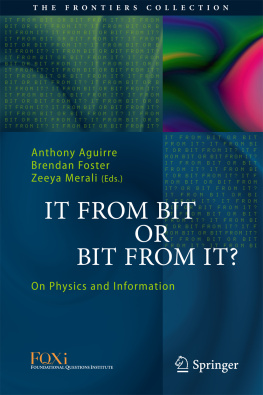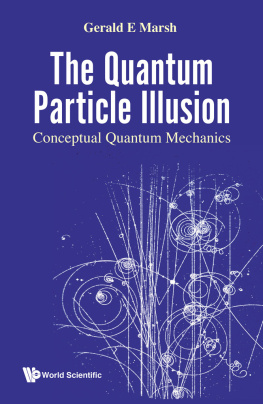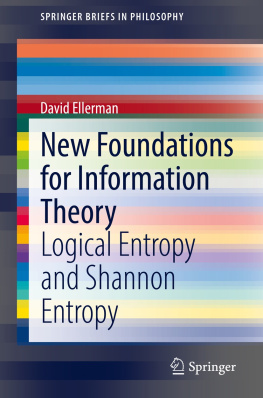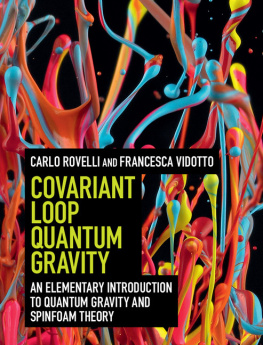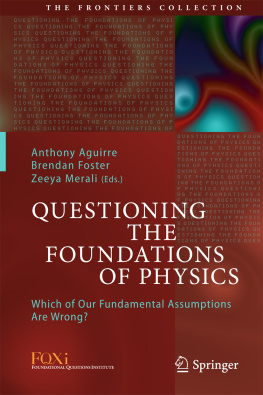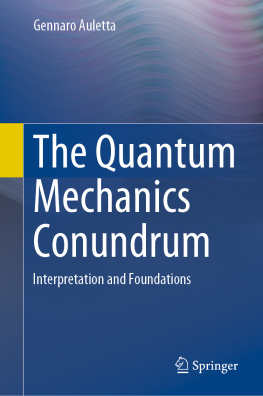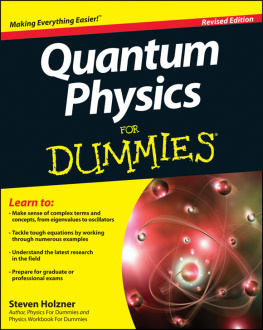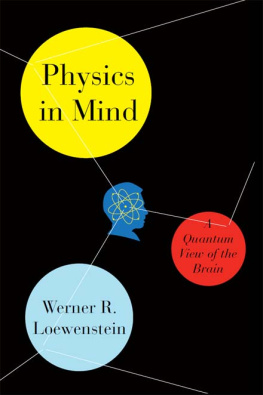1. Introduction
Over the past century, there has been a steady progression away from thinking about physics, at its deepest level, as a description of material objects and their interactions, and towards physics as a description of the evolution of information about, and in, the physical world. Information theory encompasses the apparently inherent probabilistic nature of quantum mechanics, our statistical understanding of thermodynamical systems, and computer science, where the encoding of data is described classically using rules laid out by Claude Shannon. Recent years have seen an explosion of interest at the nexus of physics and information, driven by the information age in which we live and by developments in quantum information theory and computer science.
The idea that information is more fundamental than the matter that conveys it was famously encapsulated by physicist John Archibald Wheeler in the phrase It from Bit. Wheeler was profoundly aware of the peculiar relationship between information and the measurements made by observers of quantum systems: He proposed a delayed-choice experiment using lightwhich has since been demonstrated in the laboratoryin which it appears that choices made by an experimenter after a measurement has been made could influence the result of that measurement, although it had been carried out earlier. Wheeler also coined the term black hole to describe the cosmic objects that swallow everything with the misfortune to fall close enough, including light. It has since been discovered that black holes appear to have the thermodynamic properties of entropy and temperature. The fate of information about the infalling matter and light, after the black hole has evaporated away, is the source of the so-called black-hole information paradox, which has caused debate among physicists for decades.
But is information truly fundamental? If information forms the most basic layer of reality, what does it refer to? With these issues in mind, in 2013, we posed the following broad question to professional researchers and to the public in FQXis annual essay contest: It From Bit or Bit From It? (The name, it should be noted, was inspired, in part, by the prize-winning entry, Bit from It, submitted by Julian Barbour to a previous essay contest. Barbours essay is included in this volume.) We hoped to inspire entrants to tackle the issues of what information is, and to clarify its relation to reality. Other open questions include how nature (the universe and the things therein) store and process information, and how understanding information elucidates physics and vice-versa.
The contest was a resounding success, attracting over 180 entries. Some attempted to answer Wheelers question directly; others took on the tricky task of trying to unpick just what Wheeler meant with that question: Did he mean that the actual universe literally emerges as an evolving answer to a series of yes/no questions? Or was he trying to express that all physical laws eventually reduce to binary computations? Does the question make any sense at all?
This volume showcases 18 of the winning essays from the 2013 contest and also Barbours contribution from a previous contest. We begin our selection with first prize winner, Matt Leifer, who directly tackles the connection between information, our formulations of probability theory, and the foundations of quantum theory. In Chap. , Leifer argues that a generalization of probability theory is needed to understand how It may derive from Bit , but that such a formulation is also compatible with the seemingly conflicting notion that Bit arises from It .
Chapters cement the link with quantum theory further by modifying Wheelers pronouncement to state that It derives from Qubit (a qubit is a quantum version of a binary digit that can take the values of 0 and 1 simultaneously). Giacomo DAriano makes the case that particles, spacetime, and more, arise from quantum interactions. Michel Planat explores Wheelers fascination with the part played by the observer in creating reality by investigating the machinery behind the act of quantum measurements and their information content.
The role of the observer is further explored in Chaps.. Cristinel Stoica discusses the delayed-choice experiment, in particular, and how in a participatory universe, as outlined by Wheeler, the observer may affect the emergence of physical laws. Kevin Knuth re-casts the universe as a network of information-based influences where the laws of physics derive, in part, from the inferences made by observers.
Information theory spans not just quantum theory, but also classical physics, including aspects of thermodynamics and computer science. This feature is exploited by the authors of Chaps.. Carlo Rovelli argues that Shannons notion of relative information between two physical systems serves as an objective foundation for both statistical mechanics and quantum mechanics and, by extension, could be at the base of a naturalistic picture of the world. Paul Borrill combines elements of Boltzmanns statistical account of thermodynamics and Shannons theory to provide insight into the quantum phenomenon of entanglement and, in particular, the ambiguous nature of time in quantum systems. Yutaka Shikano uses similar considerations to question whether a physical system can be completely understood once its Hamiltonian or Langragian (descriptions of the energy of the system) are known.
In Chap. , Douglas Singleton, Elias Vagenas and Tao Zhu consider both the quantum and thermodynamic natures of black holes in order to tackle the information paradox directly.
The role of spacetime as a carrier of information is considered in Chaps.. Torsten Asselmeyer-Maluga proposes a model, in which a smooth spacetime contains a discrete amount of information, that could explain aspects of cosmology, such as the accelerated inflation of the early universe. Craig Hogan describes a radical experiment that could directly test whether reality has finite information content. Sean Gryb considers arguments for whether spacetime is continuous or discrete and then presents a third alternative in which scale is meaningless and only shape is of fundamental interest.
Some entrants argued against Wheelers stance that It derives from Bit , and these contributions appear in Chaps.. Mark Feeley cautions that giving up the notion that material things are fundamental leaves us in a world without material causes. The team of Angelo Bassi, Saikat Ghosh and Tejinder Singh contend that Wheelers statement is based on the assumption that quantum theory is inherently probabilistic and that this preconception can be challenged. Ken Wharton similarly argues that there may be a realistic framework that underlies quantum theory. Julian Barbour, by analyzing the definition of information, and Ian Durham, through searching for an underlying quantum principle that could guide how reality may emerge from information, each independently favor the contrary statement that turns Wheelers view on its head: Bit from It .

